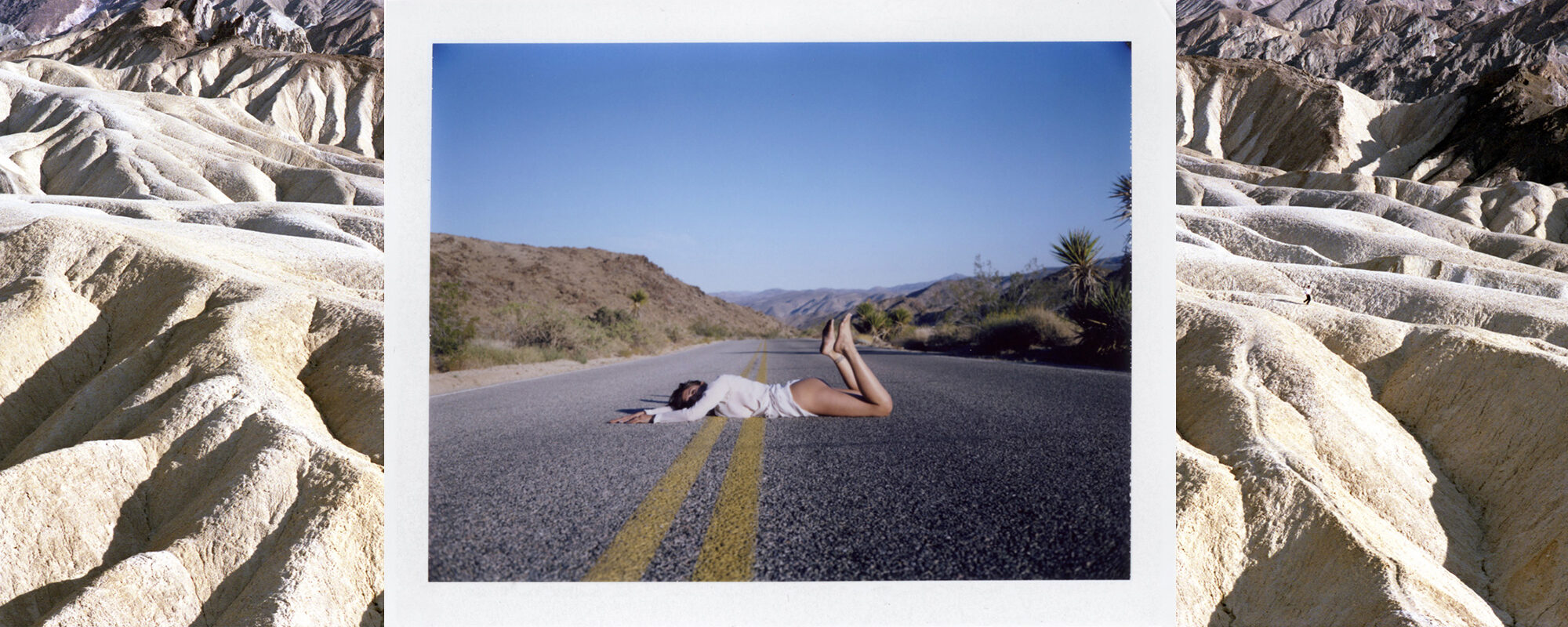In the badlands there is not really any above, not even when the clouds are stacking up – just what you’re on and heading towards; always yonder, beyond, unreached. They build up out there. Out there above always feels like ahead, the horizon standing straight up in front of you, real washed out most of the time like the huge, empty screen of some gigantic drive-in theater we can never manage to reach. Nothing on the screen except that bluish white that welding torches give off.
Those are Gus Blaisdell’s words. I’ve always been hypnotised by his looping, trippy prose. It’s not just the pulsing alliteration of his language – out there above always – but its synaesthetic quality; the way he evokes the vastness of the desert by marrying the rectangle of a blank movie screen to the roar of a blowtorch and the colour of extreme heat.
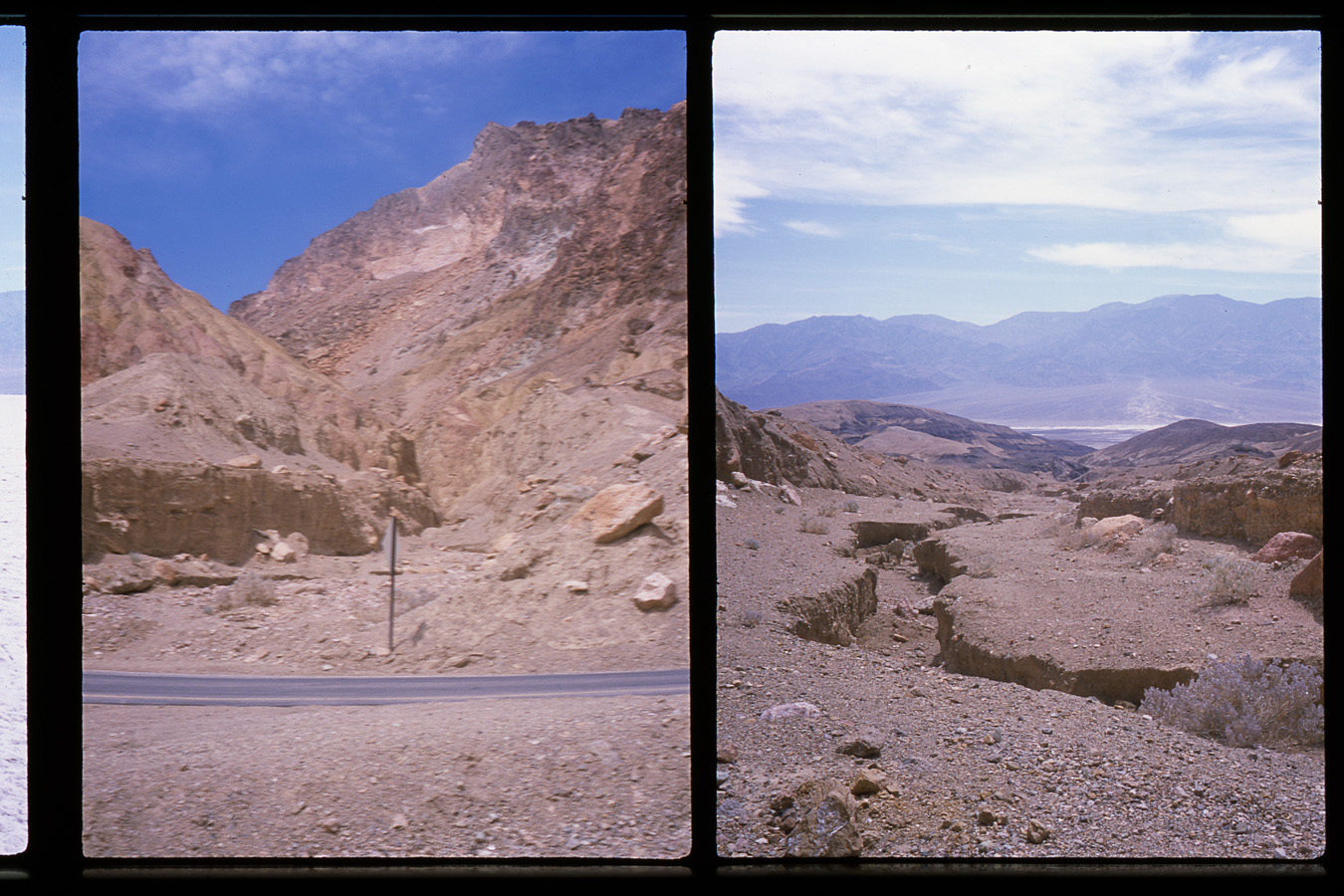
Blaisdell’s words don’t just measure the desert’s extent, but the way that this amplitude is reflected back at the subject who stands there looking out on it – a pinpoint of flame under a canopy of sky, a tiny hole burned in the here and now. In literature and film, the desert often serves as a topographic metaphor for interior emptiness, but the reality of this kind of aloneness goes beyond linguistic abstractions – it’s a presence, as palpable as hot sand on the skin.
“In literature and film, the desert often serves as a topographic metaphor for interior emptiness, but the reality of this kind of aloneness goes beyond linguistic abstractions – it’s a presence, as palpable as hot sand on the skin.”
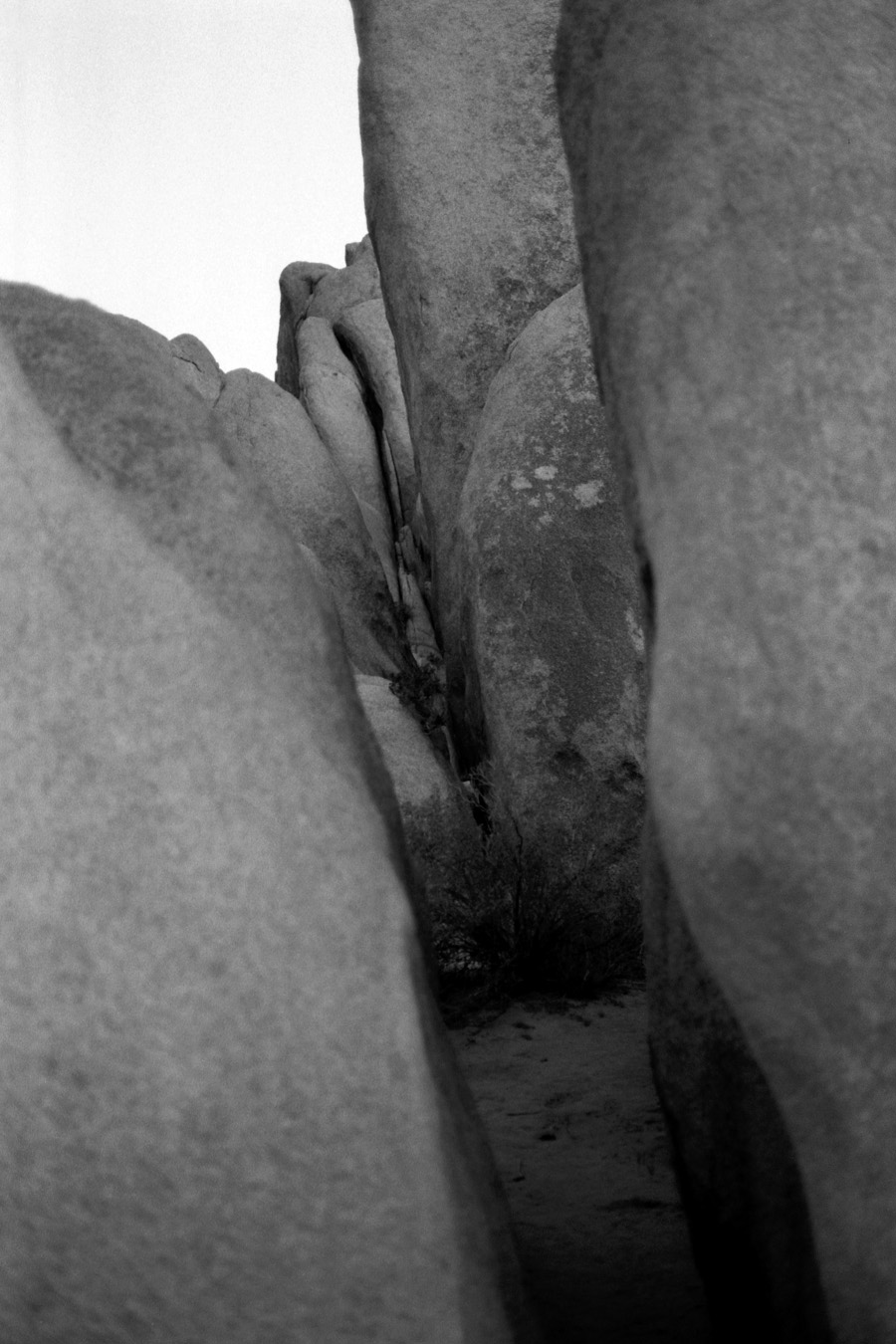
Rita Lino’s How to Become Nothing is a study of emptiness. It’s a modest saddle-stitched book, one element of a larger collaborative project involving Lino, filmmaker Pedro Maia, and musician Paulo Furtado. In 2017, the three went on a road trip through the California desert. Maia’s footage was originally presented as a live cinema show with Maia editing and Furtado providing the soundtrack. It was also made into a feature-length film titled Fade into Nothing, which I watched, out of a vague sense of obligation, believing (naively, as it turned out) that the film would provide a context, a kind of fullness that the photographs lacked.
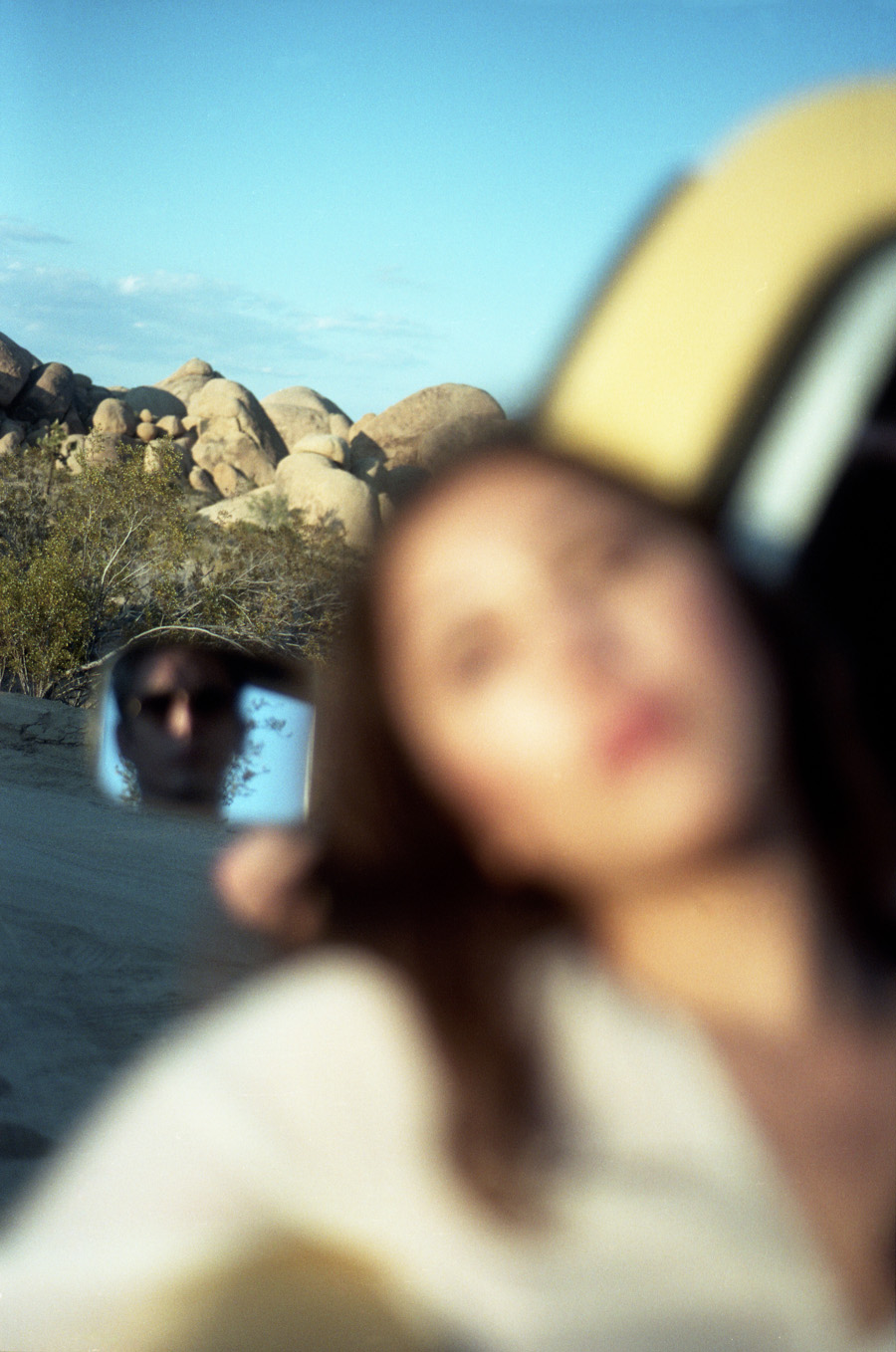
It didn’t, though. The film is a false diary – a voiced-over account of the unnamed protagonist’s attempt to dissolve himself: not to die, but to become nothing. There’s a girl, and a pickup truck, solo meals in diners and a lot of aimless walking. It’s a strange production, a meandering story that feels like a series of drawn-out endings, moving slowly from one almost-denouement to another without resolution. On the one hand, it’s a sort of metaWestern, a scrapbook of references to 1970s desert movies like Terence Malick’s Badlands, Antonioni’s Zabriskie Point, Herzog’s Fata Morgana, even Stan Brakhage’s Desert, with its shuddering extreme zooms and light-singed imagery. But there are also weird hallucinatory intervals, red-tinted encounters with naked bodies in the darkness and masked figures in hotel rooms. The soundtrack echoes this split personality, combining the sweeping arpeggios, echo and reverb of a classic Ennio Morricone score with intervals of static and drone and eerie shrieks like industrial animal noises in the night.
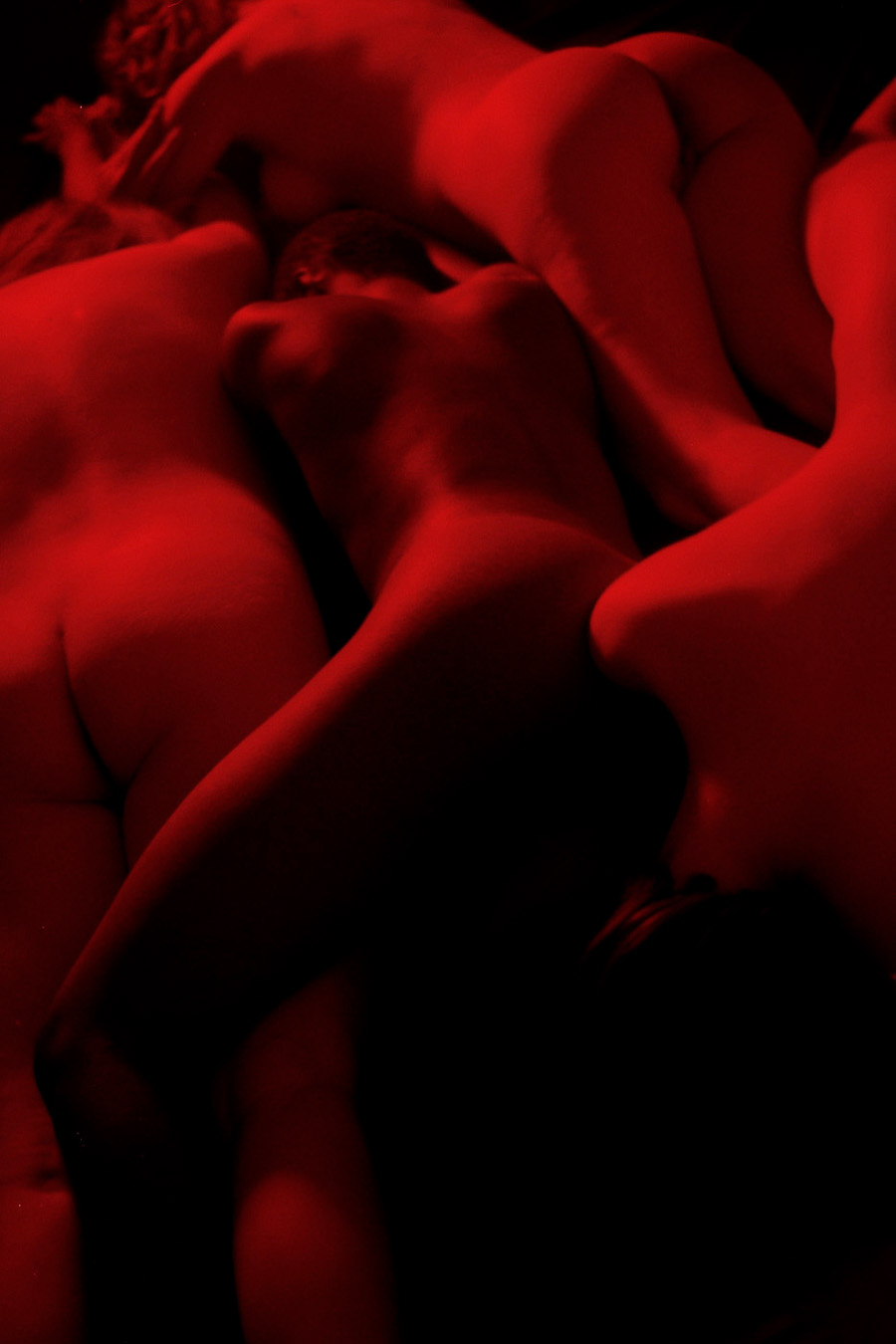
Watching the film was, if not a mistake, then at least a false start. Lino’s book comes packaged with a vinyl record of Furtado’s music. The two are meant to be experienced together – not as a vinyl-and-paper substitute for the film, but as a different kind of ritual: the retro-analog performance of putting on a record, sitting down with a book and letting sound and image merge into something new.
“It doesn’t just beat down on your neck, the desert sun, it rises up from the ground too, every grain of sand like an angled mirror fixed on the retina. Eyes to the ground and still it blinds you, that sun, like the hot-white instant of an explosion, shrill as needles.”
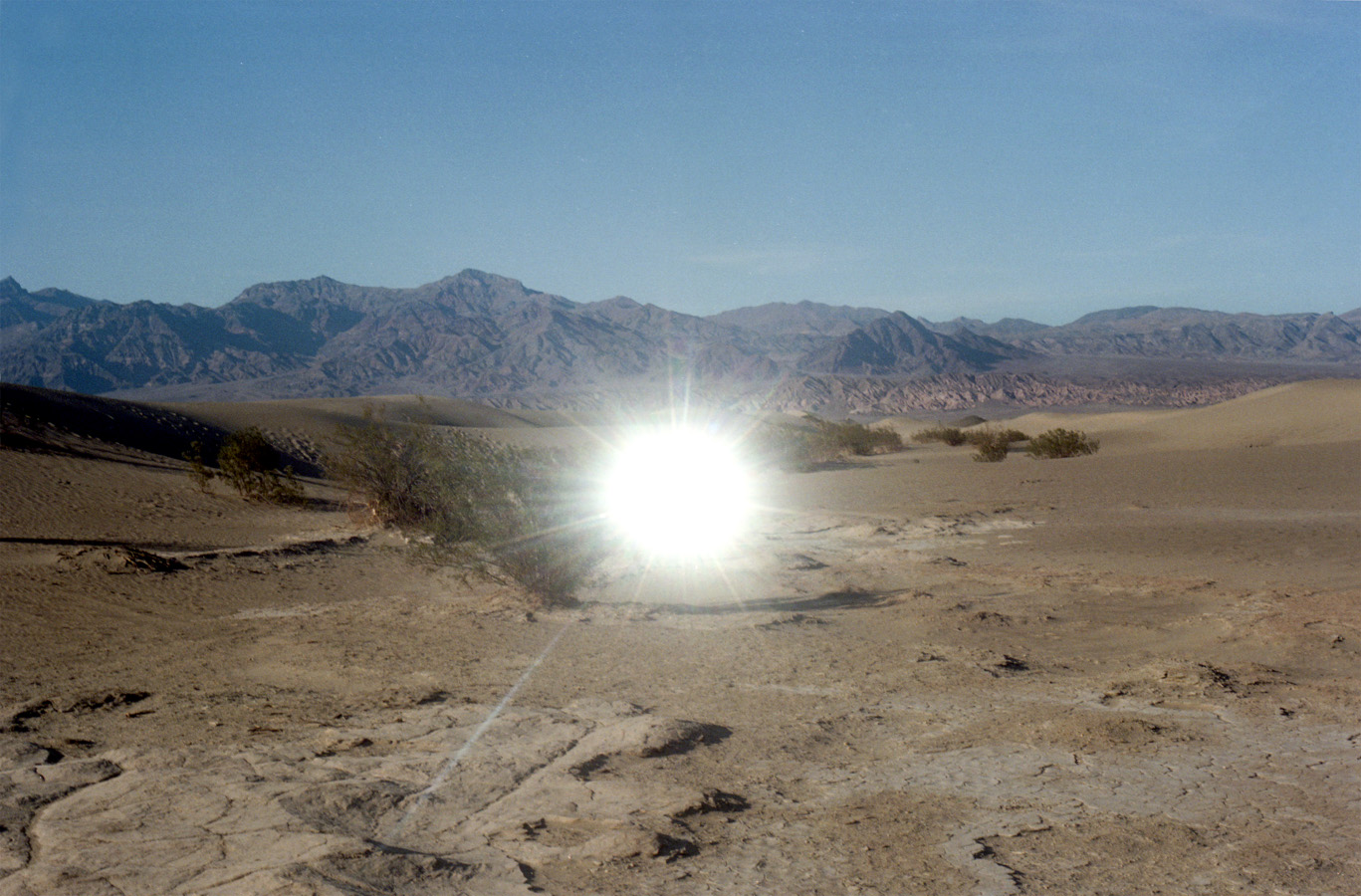
Anyway, I couldn’t play the record – I got rid of my decks ages ago; these days all the music in my house pours out of a cloud through a couple of wireless speakers. So the record stayed in its sleeve, and I sat back in my housebound cloud of sound and let Lino’s photographs go to work, interfering with the memories of Maia’s film, and all the other desert films I’ve ever watched, and my own partly seen, partly felt memories of heat and sand and unbroken sky. What they ended up forming isn’t a narrative so much as a stack of outtakes that nestle alongside one another like a worn deck of cards. In the space between images, I make a story out of fragments.
***
Looking away from me, the sun on your back, two freckles showing near the curve where your shoulder blades meet. It doesn’t just beat down on your neck, the desert sun, it rises up from the ground too, every grain of sand like an angled mirror fixed on the retina. Eyes to the ground and still it blinds you, that sun, like the hot-white instant of an explosion, shrill as needles.
The desert is a song in two colours, sky and sand. I can’t describe these colours as anything other than the things they are. But colour isn’t a quality of things, it’s a matter of perception. Colour is presentiment; colour flays the skin of the world.
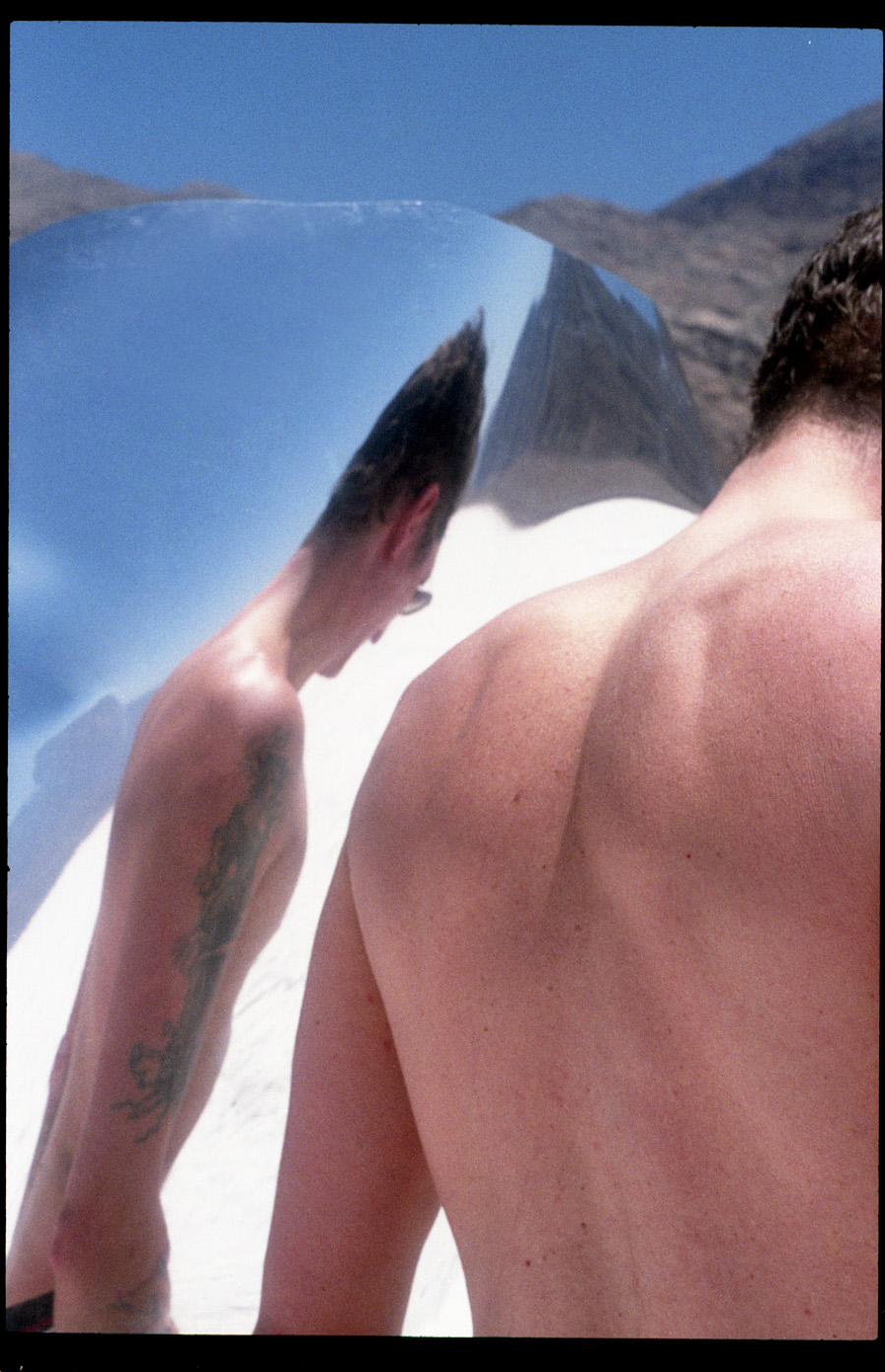
The road is a flatline on the sand, disappearing beneath the dashboard, humming under the feet like a belt sander, melted asphalt flowing away behind, a semi-solid ribbon of oil. Movement turns time into an abstraction, just changing light and a world projected onto the windscreen.
When the stylus of a record deck meets the groove in a record it generates a tiny amount of heat. In theory, if it’s left to play long enough, the heat of the stylus will eventually melt the vinyl, turn it soft like the sticky plastic tablecloth in a cheap diner, like the seat of a car left out in the hot sun.
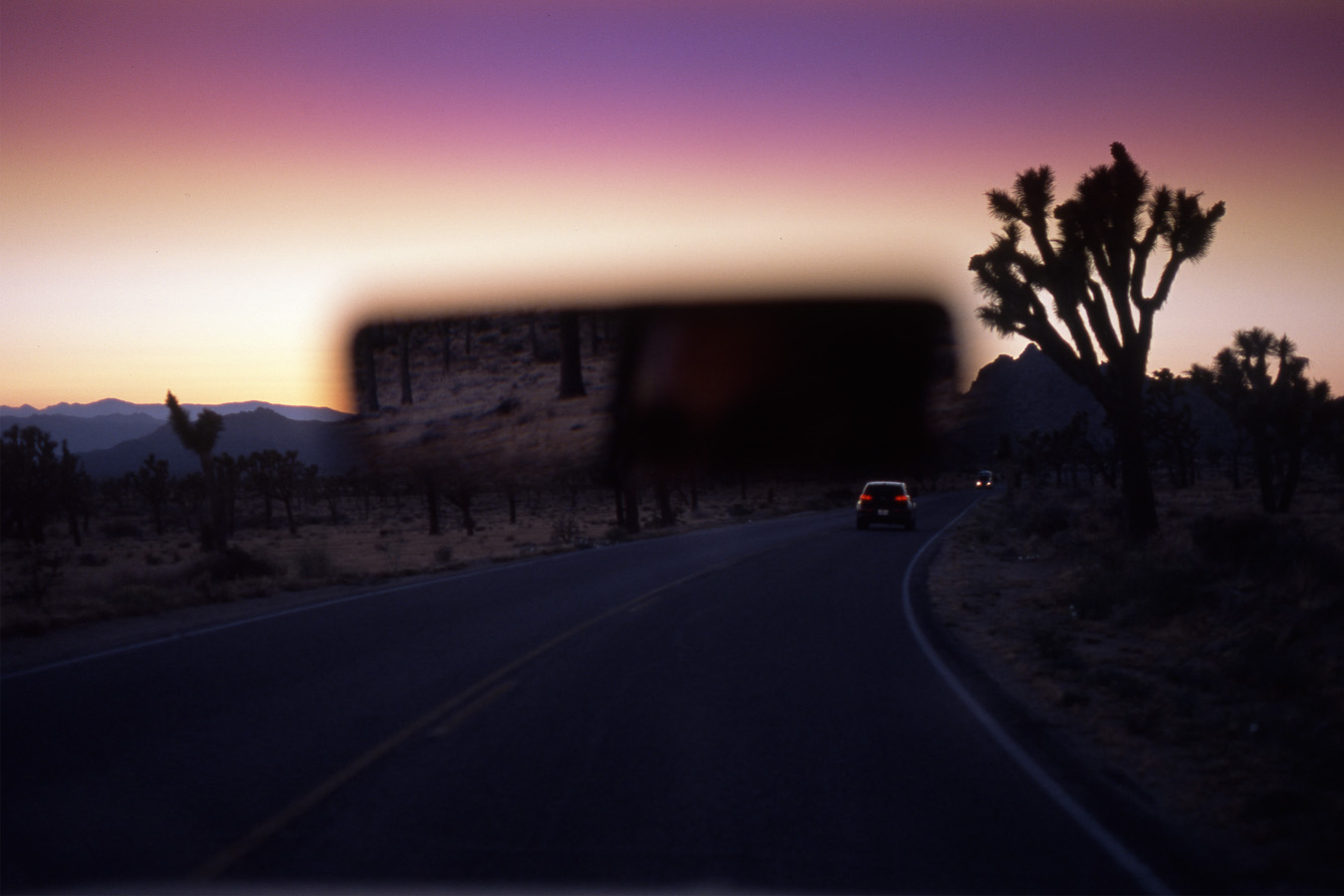
The same sounds over and over – drone, reverb, repeat, the thrown sound of a Leslie cabinet, the hum of the engine, and a world reduced to a chorus of four things. Sky, sand, solitude and the ribbon of the road. Meals in diners made of formica and red neon.
It gets cold fast when the sun goes down. Through the dust on the rolled-up window, the bent elbows of a Joshua tree laid out against the sky. The absolute smallness of my here and now, a pinpoint of light in the middle of nowhere.
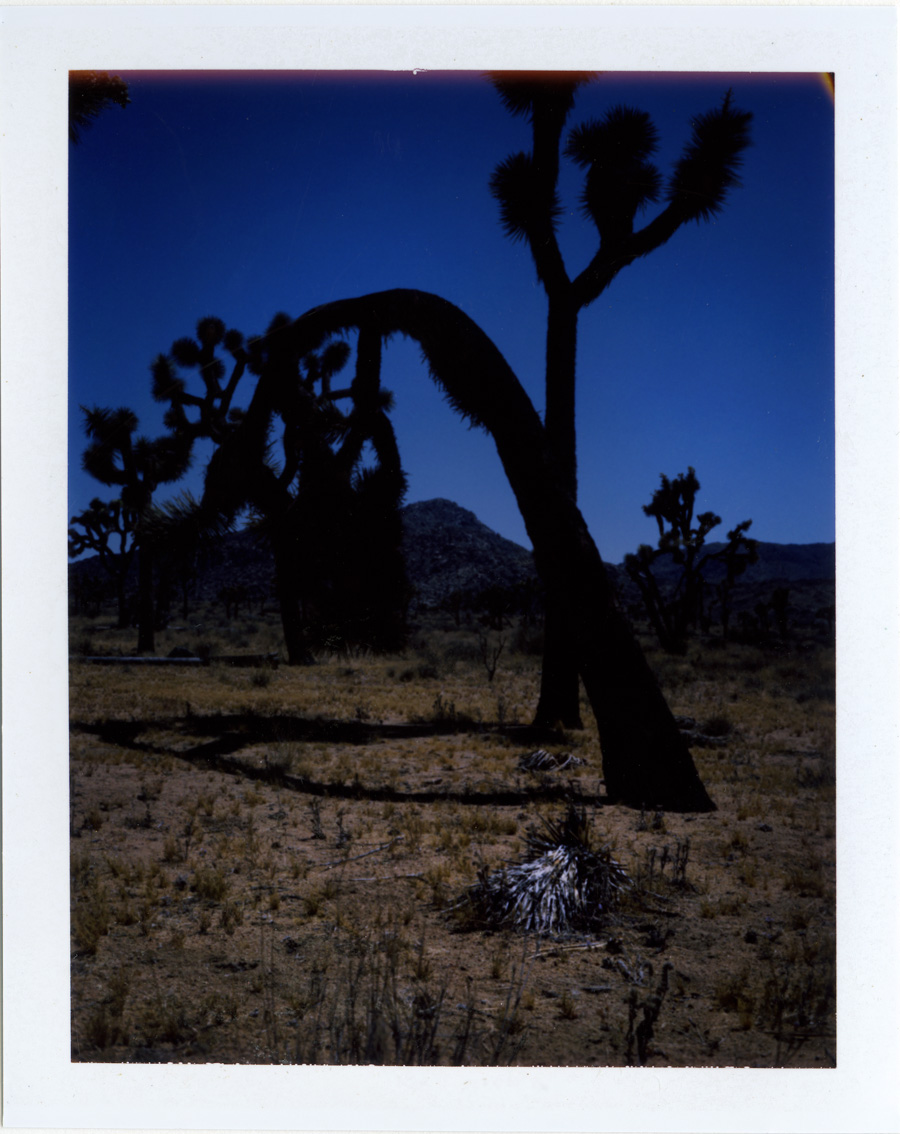
Waiting, watching, looking at the hair on the back of your neck, at the outline of a shoulder blade and a cheekbone, skin silver under artificial light. Your white shirt looked orange in the taillights, in the red neon. There are no traffic lights out here, no traffic at all.
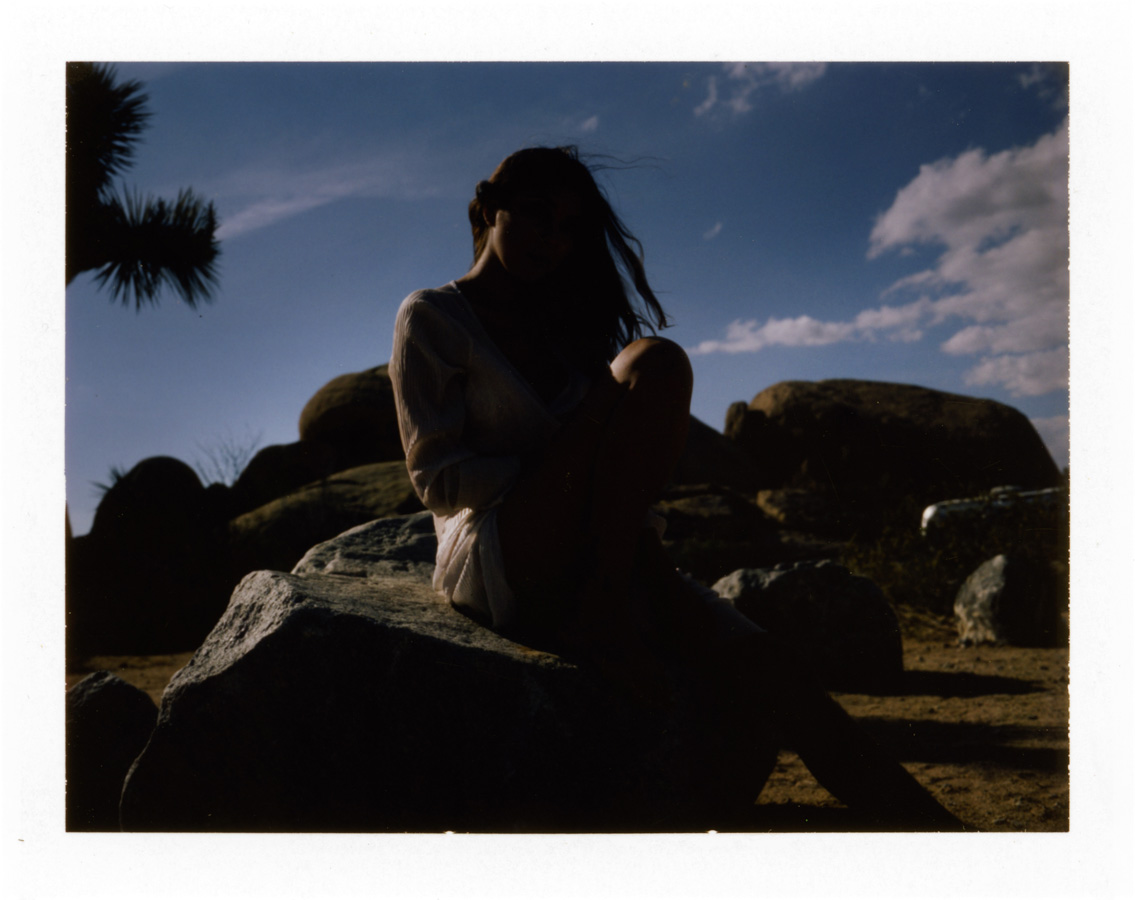
The end is a dark stain on the sun and it feels like the apocalypse, light welling up like the efflorescent anger of an impotent man, like the end of the world. Day fades into night or is it the other way round, more darkness filled with red light and strange dreams, another monochrome meal in a diner, the blue bowl of the sky overhead.
Rita Lino
How to Become Nothing
(All Rights Reserved. Text @ Eugenie Shinkle. Images @ Rita Lino.)
